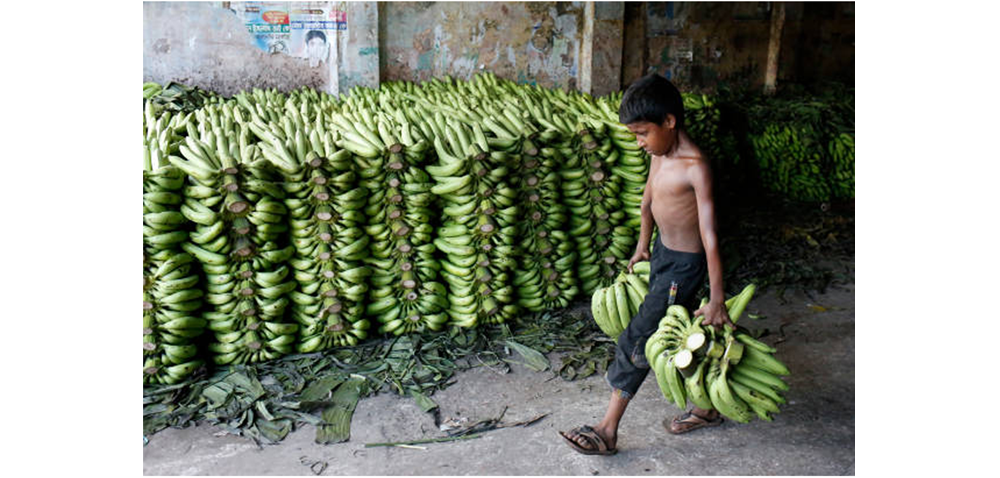Photo: Child doing labour in agriculture industry
by Kristen Ku
BELIZE CITY, Thurs. Oct. 5, 2023
The U.S. Department of Labor’s recent findings on child labor in Belize present a sobering picture of the country’s challenges in combating the worst forms of child labor.
In 2022, the government of Belize took commendable steps to address child labor, notably by approving the National Child Labor Policy and Strategy 2022–2025.
This initiative aims to eradicate the worst forms of child labor by 2025. It prioritizes addressing legislative and informational gaps, strengthening child labor law compliance, and minimizing barriers to education.
Moreover, Belize’s Ministry of Human Development introduced standard operating procedures concerning human trafficking, leading to 85% of social workers, 80% of labor officers, and 78% of immigration officers being trained to refer victims to care.
Despite these advancements, Belize still struggles with concerning instances of child labor. Children in Belize, alarmingly, are subjected to the worst forms of child labor.
Commercial sexual exploitation, often tied to human trafficking, is a particularly serious concern.
Furthermore, children are found undertaking hazardous tasks in agriculture and construction. One major legislative flaw is Belize’s inability to meet international standards regarding prohibitions on hazardous work.
Children over the age of 14 are still allowed to work in dangerous activities such as mining and construction. Moreover, the country has failed to enforce adequate prohibitions against the involvement of children in illicit activities, notably drug production and trafficking.
A deeper dive into sectoral data reveals that children, aged 5 to 14, engage in various industries:
- Agriculture: Involving farming activities such as sowing, weeding, and harvesting for various crops. Children are also exposed to herbicides and insecticides and operate machinery like tractors.
- Industry: Construction sees children involved in activities from masonry to using power tools. Other children work in quarrying and in the building and repair of fishing vessels.
- Services: From street vending to domestic work, children are also found working in the tourist sector, auto repair, and transportation.
Belize has seen informal reports suggesting that it is a hotspot for child sexual exploitation. Locations frequented by tourists, such as Belize City and San Pedro, have been flagged for such activities.
Female minors have reportedly been exploited in bars, unregistered hotels, and guest houses. Migrant children, primarily from Central American nations, are also victims of commercial sexual exploitation.
“Sugar daddy” arrangements have surfaced, where wealthy men offer financial support to families in exchange for sexual favors from young female members.
Child involvement in gang warfare, smuggling operations, and drug trafficking presents another troubling facet of the child labor issue.
On a very positive note, Belize offers tuition-free primary and secondary education up to age 14. The state even provides free transportation in areas without a school, ensuring children attend the nearest primary institution.
However, issues such as lack of qualified teachers, basic supplies, and the costs associated with school-related expenses present barriers to accessing education.
While Belize has taken steps forward in addressing child labor, the depth of the issue calls for more comprehensive, and strict measures.

